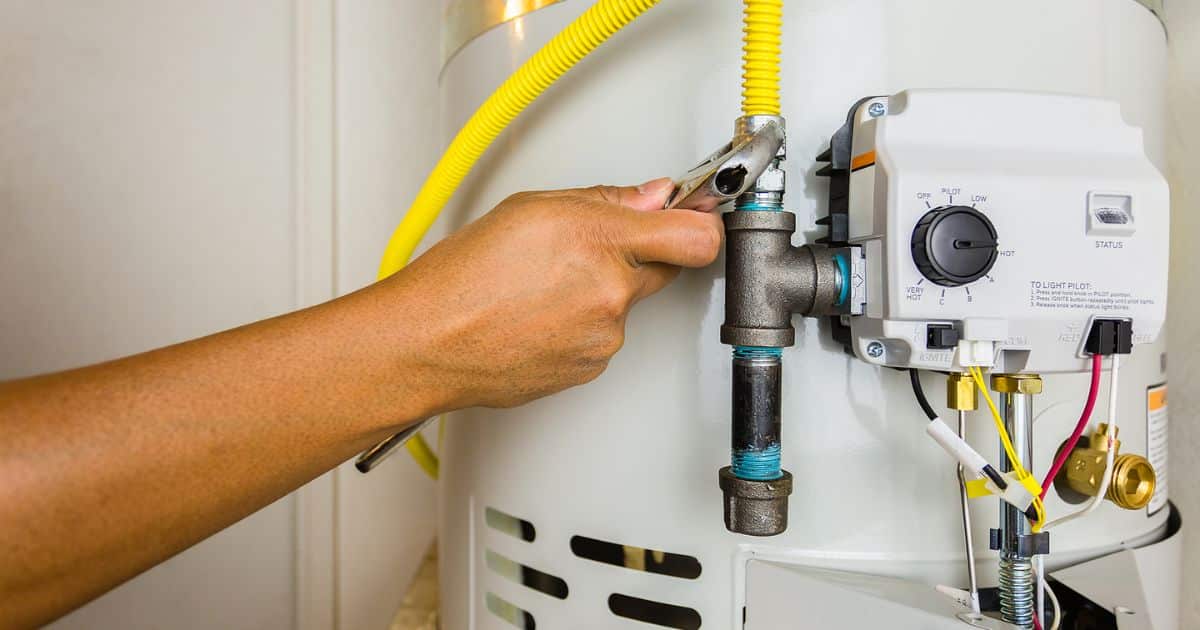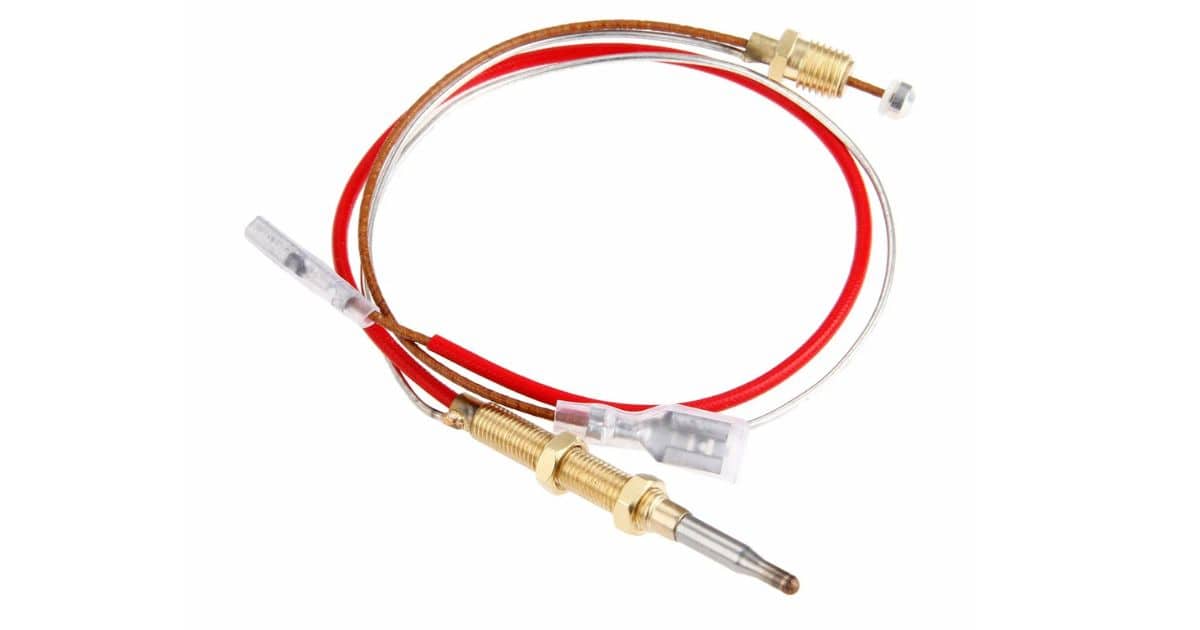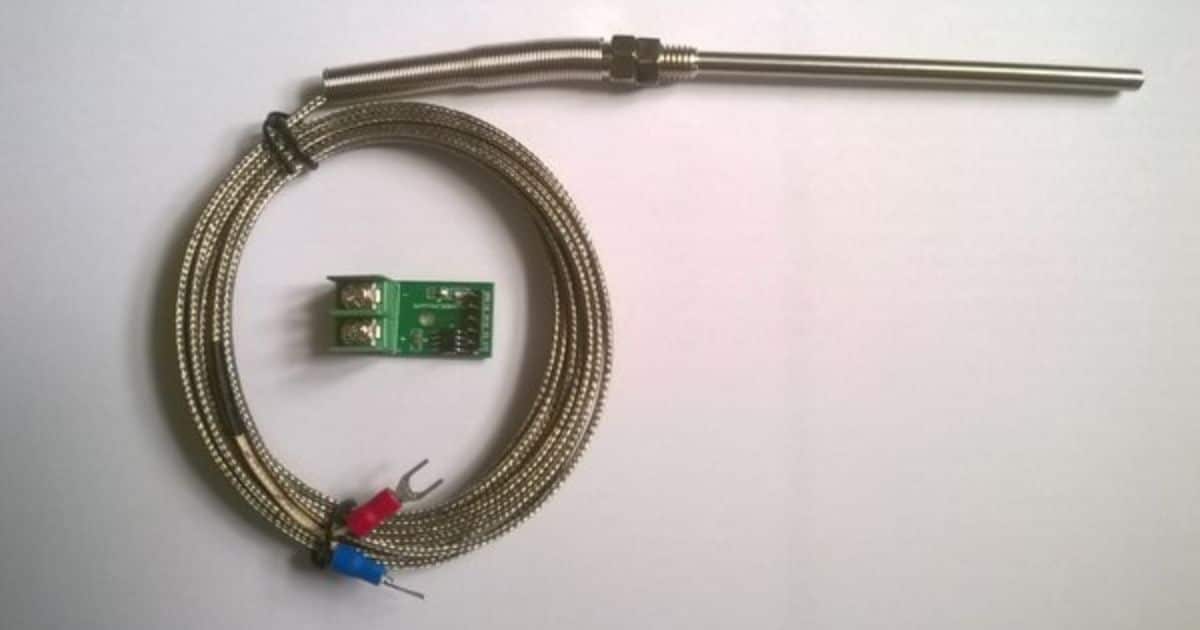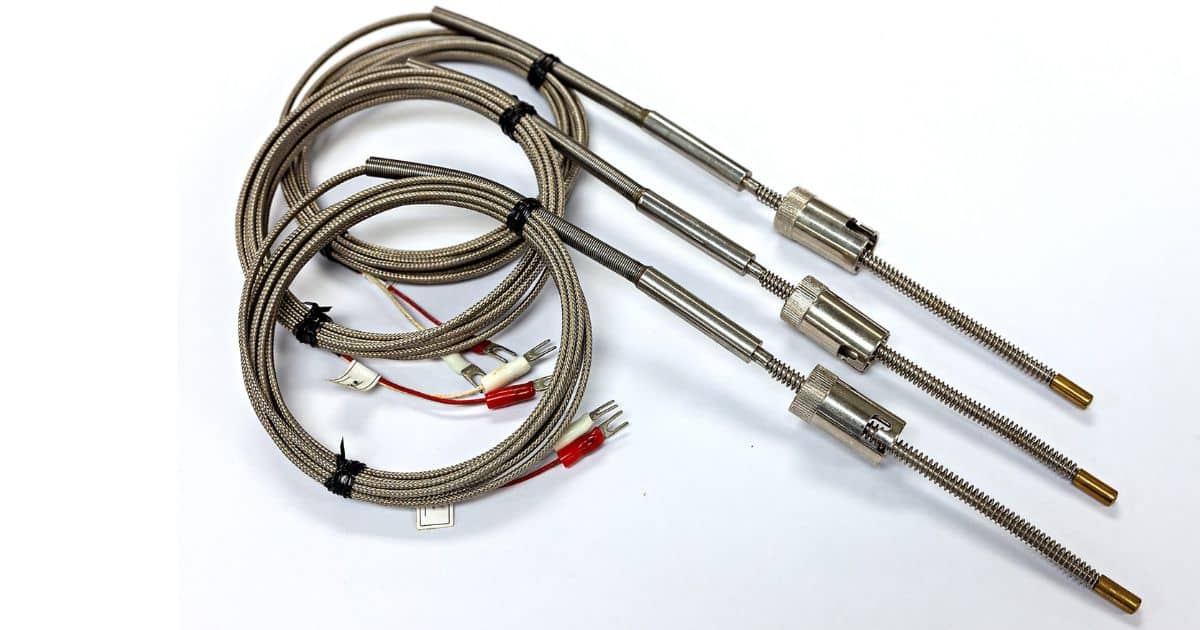Maintaining the functionality of your water heater is essential for the smooth functioning of your household. One vital component that plays a crucial role in this process is the thermocouple. The thermocouple acts as a safety feature, ensuring that the gas valve remains open when the pilot flame is lit.
Over time, the thermocouple can accumulate dirt and debris, hindering its performance. Cleaning the thermocouple is a simple task that can be done at home, without the need for professional assistance.
In this guide, we will walk you through the steps to clean the thermocouple on your gas water heater, troubleshooting common issues, and providing tips for regular maintenance. By following these instructions, you can ensure optimal performance and prolong the lifespan of your water heater.
Key Takeaways
- The thermocouple acts as a safety device in gas-powered water heaters.
- Cleaning the thermocouple regularly ensures proper functioning.
- A dirty or faulty thermocouple can affect water heater performance.
- If cleaning doesn’t resolve the issue, the thermocouple may need to be replaced.
Understanding the Thermocouple Functionality
To comprehend the functionality of the thermocouple, it is essential to grasp its role in detecting the presence of a pilot flame and ensuring the safe operation of the water heater. The thermocouple is a vital component of gas-powered water heaters, as it acts as a safety device to prevent the release of gas without a pilot light.
When the pilot light is lit, the thermocouple generates a small electrical current that keeps the gas valve open, allowing the burner to ignite. If the pilot light goes out, the thermocouple quickly senses the change in temperature and shuts off the gas supply, preventing any potential gas leaks.
Understanding the functionality of the thermocouple is crucial for maintaining the proper operation of your water heater and ensuring a continuous supply of hot water. In the next section, we will discuss accessing the thermocouple on your water heater for cleaning and maintenance purposes.
Accessing the Thermocouple on Your Water Heater

To access the thermocouple on your water heater, follow these steps:
- Turn off the gas valve: Locate the gas valve on your water heater and turn it to the “off” position. This is a crucial step to ensure safety during the cleaning process.
- Remove the burner assembly: Depending on your water heater model, you may need to unscrew or loosen the screws holding the burner assembly in place. Carefully lift the assembly and set it aside, exposing the thermocouple.
- Note: Some water heaters may have a separate access panel that needs to be removed before accessing the burner assembly. Refer to your water heater’s manual for specific instructions.
- Pro tip: Take a picture or make a note of the assembly’s arrangement before removing it, to aid in reassembly later.
Steps to Clean Thermocouple
To effectively clean the thermocouple on your water heater, you will need to follow these steps. First, locate the gas valve on your water heater and turn it off. This is crucial to ensure your safety during the cleaning process.
Next, use a wrench to disconnect the thermocouple from the gas valve. Once detached, carefully clean the thermocouple using a cloth to remove any dirt or debris that may have accumulated. Pay close attention to the tip of the thermocouple, as this is where the pilot flame is detected.
After cleaning, reattach the thermocouple to the gas valve and ensure it is securely fastened. Finally, turn the gas supply back on and relight the pilot. If cleaning does not resolve the issue, it may be necessary to consider a thermocouple replacement.
Troubleshooting a Dirty or Faulty Thermocouple
One potential issue that may arise with a thermocouple on a water heater is a dirty or faulty connection. When the thermocouple becomes dirty, it can affect the hot water heater’s performance and cause it to malfunction. To troubleshoot and resolve this issue, follow these steps:
- Inspect the thermocouple: Check for any dirt or debris on the thermocouple. If it appears dirty, cleaning it may solve the problem.
- Clean the thermocouple: Use a soft cloth or a brush to gently remove any dirt or residue from the thermocouple. Ensure that the pilot supply tube and the control orifice are also clean.
- Verify gas flow: Check that the gas control valve is turned on and that gas is flowing to the pilot tube.
- Repair or replace the faulty thermocouple: If cleaning the thermocouple does not resolve the issue, it may be necessary to replace it with a new one.
Replacing the Thermocouple Burner Assembly

To properly replace the thermocouple burner assembly on a water heater, follow these step-by-step instructions:
- Turn off the gas supply: Locate the gas shut-off valve near the water heater and turn it to the off position.
- Remove the burner assembly: Disconnect the burner assembly from the gas supply line and carefully remove it from the water heater.
- Disconnect the thermocouple: Locate the thermocouple, a safety device that detects the pilot flame, and disconnect it from the burner assembly.
- Install the new burner assembly: Take the new burner assembly and connect the thermocouple to it, ensuring a secure connection. Then, reattach the burner assembly to the gas supply line.
By following these instructions, you can safely replace the thermocouple burner assembly on your gas water heater. Once completed, you can proceed to the next section about FAQs regarding cleaning the thermocouple on a water heater.
FAQs About Cleaning Thermocouple on Water Heater
When cleaning the thermocouple on a water heater, it is important to address commonly asked questions to ensure proper maintenance and functionality. Here are some frequently asked questions about cleaning the thermocouple on a water heater:
- How often should I clean the thermocouple?
- It is recommended to clean the thermocouple once a year to remove any dirt or debris that may affect its performance.
- What tools do I need to clean the thermocouple?
- To clean the thermocouple, you will need a soft brush or cloth, a can of compressed air, and a small wire brush to gently remove any buildup.
- Can I clean the thermocouple while the water heater is running?
- No, it is important to turn off the gas supply and power to the water heater before cleaning the thermocouple to ensure safety.
- Will cleaning the thermocouple improve the hot water flow?
- Cleaning the thermocouple will not directly improve the hot water flow. It will help maintain the proper functioning of the water heater and prevent potential issues in the future.
Signs of a Dirty or Malfunctioning Thermocouple
Indicating a potential issue with the thermocouple, signs of a dirty or malfunctioning thermocouple can include inconsistent or no hot water supply. The thermocouple is a vital component of a water heater, responsible for sensing the pilot flame.
If it becomes dirty or malfunctions, it can affect the proper functioning of the water heater. One of the most common signs of a dirty thermocouple is when the water heater fails to consistently provide hot water. This can be due to the thermocouple not correctly sensing the pilot flame, causing the gas valve to shut off.
Another sign is when there is no hot water supply at all, suggesting a complete failure of the thermocouple. These signs should not be ignored, as a dirty or malfunctioning thermocouple can lead to further issues with the water heater if not addressed promptly.
Regular Maintenance Tips for Thermocouple Performance

One important maintenance tip for optimal thermocouple performance is to regularly clean it. Cleaning the thermocouple ensures that it functions properly and accurately measures the temperature of the water in the heater. Here are two sub-lists of regular maintenance tips that will help maintain the thermocouple’s performance:
- Cleaning the Thermocouple
- Turn off the power to the water heater before cleaning the thermocouple.
- Gently remove the thermocouple from its position near the pilot light and burner assembly.
- Use a soft brush or cloth to clean the thermocouple, removing any dirt, dust, or debris that may have accumulated on the sensor.
- Inspect the thermocouple for any signs of damage or wear and replace it if necessary.
- Checking for Leaks and Loose Components
- Inspect the water heater for any water leaks or drips that may affect the performance of the thermocouple.
- Ensure that all connections and fittings are tight and secure.
- Check the power supply to the water heater and ensure that it is properly connected.
FAQ’s
How Often Should I Clean the Thermocouple on My Water Heater?
The frequency for cleaning the thermocouple on a water heater depends on various factors such as usage, water quality, and manufacturer recommendations. Regular maintenance is crucial to ensure optimal performance and longevity of the thermocouple.
Can a Dirty or Faulty Thermocouple Cause My Water Heater to Stop Working?
Yes, a dirty or faulty thermocouple can cause a water heater to stop working. A thermocouple is responsible for sensing the presence of a flame and if it is dirty or faulty, it may not detect the flame and shut off the gas supply, resulting in a non-functioning water heater.
What Tools Do I Need to Clean the Thermocouple on My Water Heater?
To clean the thermocouple on a water heater, you will need a few tools. These may include a screwdriver, a wire brush, and some fine-grit sandpaper. These tools will help remove any dirt or debris that may be affecting the performance of the thermocouple.
How Can I Tell if My Thermocouple Needs to Be Replaced?
To determine if a thermocouple needs replacement, examine it for signs of damage or wear, such as a bent or corroded tip. Additionally, test the voltage output with a multimeter to ensure it is within the specified range.
Are There Any Safety Precautions I Should Take When Cleaning the Thermocouple on My Water Heater?
When cleaning the thermocouple on a water heater, it is important to take certain safety precautions. These may include shutting off the gas supply, disconnecting the power source, and allowing the unit to cool down before attempting any maintenance procedures.
Conclusion
In conclusion, maintaining a clean and functional thermocouple is crucial for the proper functioning of your water heater. Regular cleaning and troubleshooting can prevent issues such as pilot light failure and reduced hot water supply.
By following the outlined steps and practicing regular maintenance, you can ensure the optimal performance of your thermocouple and extend the lifespan of your water heater. By addressing any potential objections or concerns, such as the time and effort required for cleaning, readers can understand the importance of this maintenance task and its long-term benefits.











